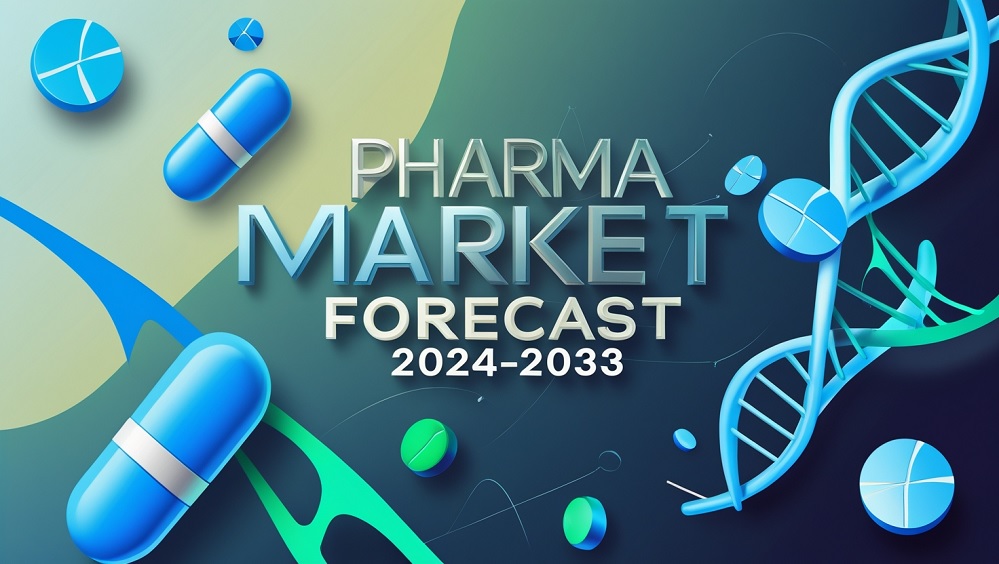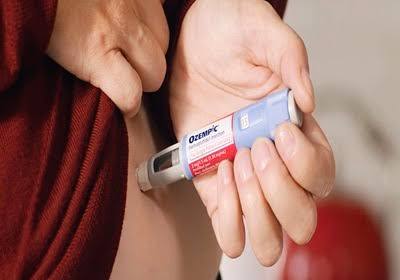The pharmaceutical industry just crossed $1.48 trillion in global valuation. By 2033, projections point to $2.05 trillion—a 38% increase that represents the largest wealth creation opportunity in healthcare history.
But raw numbers tell only part of the story. The companies capitalizing on this growth aren’t just riding market expansion—they’re strategically positioning themselves within specific segments, therapeutic areas, and emerging trends that will define the next decade.
After analyzing market data across 200+ countries and tracking investment flows into pharmaceutical segments, clear patterns emerge. The organizations generating outsized returns understand which segments drive growth, where digital transformation creates competitive advantages, and how data intelligence separates winners from followers.
Here’s what the pharmaceutical market forecast reveals—and how smart executives are using this intelligence.
Current Market Size and Growth Trajectory
The global pharmaceutical market reached unprecedented scale in 2023, driven by aging populations, chronic disease prevalence, and expanding healthcare access across emerging economies.
The growth mathematics are compelling. With a projected compound annual growth rate (CAGR) of 3.4% through 2033, the industry demonstrates remarkable stability compared to other sectors. Mid-term projections show even stronger momentum—4.77% CAGR between 2025 and 2029, indicating accelerating growth rather than plateau.
Revenue progression follows predictable patterns. The market is expected to reach $1.21 trillion by 2025 and $1.45 trillion by 2029, creating systematic opportunities for companies positioned correctly.
Oncology drugs dominate value creation. This segment alone projects $208.86 billion in 2025 revenue, continuing its leadership position due to increasing cancer prevalence and breakthrough treatment innovations. Companies with oncology portfolios benefit from both growing patient populations and premium pricing for innovative therapies.
Five Key Market Segments Driving Growth
Understanding segment dynamics reveals where strategic investment generates the highest returns.
Branded drugs maintain revenue dominance. Patent-protected, research-based drugs held 86% of global market share in 2023, demonstrating the continued value of innovation and intellectual property protection. These products command premium pricing and generate the highest profit margins.
Generic drugs expand global access. Off-patent medications provide cost-effective alternatives, particularly crucial in low-income regions where healthcare budgets remain constrained. Generic adoption improves treatment accessibility while creating volume-based revenue streams.
Biopharmaceuticals represent the innovation frontier. Advanced therapies using biological sources—including monoclonal antibodies, gene therapy, and recombinant proteins—show exceptional efficacy in oncology, autoimmune diseases, and rare disorders. This segment attracts premium valuations due to clinical superiority and limited competition.
Over-the-counter products capitalize on self-care trends. Consumer health awareness drives demand for prescription-free treatments for common ailments. This segment benefits from direct-to-consumer marketing and reduced regulatory barriers.
Active Pharmaceutical Ingredients (APIs) enable cost optimization. Global outsourcing to manufacturing hubs in India and China has created efficient, scalable production systems. API sourcing strategies directly impact drug development costs and market competitiveness.
Regional Leadership and Market Concentration
Geographic analysis reveals where pharmaceutical investment and innovation concentrate most effectively.
The United States leads global revenue generation. Expected to reach $660.04 billion in 2025 revenue, the U.S. market benefits from advanced R&D capabilities, high healthcare spending, and robust pharmaceutical infrastructure. American companies maintain competitive advantages in innovation-driven segments.
Market concentration in developed economies creates both opportunities and challenges. While these regions offer premium pricing and established distribution channels, emerging markets provide volume growth and manufacturing cost advantages.
Technology Trends Reshaping Competitive Dynamics
Digital transformation is creating fundamental shifts in how pharmaceutical companies develop, manufacture, and deliver treatments.
Artificial intelligence accelerates drug discovery timelines. Machine learning algorithms analyze vast datasets, identify molecular targets, and predict drug efficacy faster than traditional methods. AI integration reduces early-stage R&D costs while improving failure rates—critical advantages in an industry where development costs frequently exceed $1 billion per approved drug.
Biosimilars expand as major biologics lose patent protection. These cost-effective alternatives provide comparable efficacy and safety profiles while improving treatment affordability. The global biosimilars market grows as healthcare systems seek cost containment without compromising patient outcomes.
Contract organizations optimize operational efficiency. Contract Development and Manufacturing Organizations (CDMOs) and Contract Research Organizations (CROs) provide scalable services that reduce capital investment requirements while accelerating time-to-market. Pharmaceutical companies increasingly rely on these partnerships for operational flexibility and supply chain efficiency.
Personalized Medicine and Precision Targeting
The industry’s evolution toward personalized treatments represents both significant opportunity and complex execution challenges.
Genomic data integration, biomarker-based therapies, and AI-driven patient stratification enable treatments tailored to individual patient profiles. This approach enhances efficacy while minimizing side effects, aligning with value-based care models increasingly adopted by payers.
Orphan drugs for rare diseases attract strategic focus. Despite smaller patient populations, these treatments command premium pricing due to limited alternatives and specialized development requirements. Successful orphan drug programs generate exceptional returns on investment.
Supply Chain Globalization and Risk Management
Pharmaceutical supply chains have become increasingly interconnected, creating both efficiency gains and vulnerability exposure.
Manufacturing outsourcing to API production hubs delivers cost advantages while requiring sophisticated risk mitigation strategies. Supply chain diversification and regulatory harmonization across markets become critical capabilities for global pharmaceutical companies.
Real-world evidence (RWE) is increasingly used to support regulatory submissions and market access strategies. This data provides insights beyond traditional clinical trials, supporting payer negotiations and label expansions in outcome-based healthcare models.
Strategic Intelligence Requirements
Market success in this environment demands access to structured, real-time data across multiple dimensions—from regulatory filings to manufacturing capabilities to competitive intelligence.
Organizations that consistently outperform competitors maintain comprehensive databases covering therapeutic classes, manufacturer profiles, global supply chains, and regulatory status across major health authorities. This intelligence enables proactive compliance, faster market access, and strategic decision-making in R&D and business development.
The pharmaceutical industry’s growth trajectory through 2033 is clear, but capturing value requires more than market participation. Success demands strategic positioning within high-growth segments, technology adoption that creates competitive advantages, and data intelligence that enables faster, more informed decision-making.
Companies that combine market insight with operational excellence will define the next chapter of pharmaceutical innovation and growth.







0 Comments